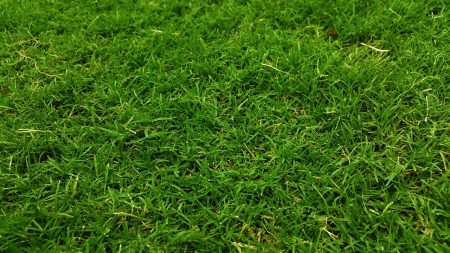
There is a few things to consider when picking the right grass and topsoil
Like choosing the right colour for your home, choosing the right grass for your backyard can be challenging. A lawn can be easy to take care of if you do your homework in the beginning. So let’s take the guess work out of our choice and get you started.
Choosing the right grass for your yard
Grasses are alive like all other plants
Unlike the paint in our houses, your lawn is made up of tiny living plants and, like all living things, needs some vital things to survive. But consider, you also want your lawn to work for you. So,
Consider your climate and conditions
Most grasses love to soak up a lot of sun so if the area you are looking to cover is in a very shaded area, it might better suit your yard to choose another type of ground cover.
When choosing the best lawn variety, first select grasses that will thrive in your local environment and specific site conditions (sun, shade, etc.) These popular New Zealand choices are readily available and easy to plant.
Kikuyu is a warm season grass that grows best in late spring, summer and early autumn. It is fast growing and needs to be regularly mown to keep it in good shape. This type of grass can handle a small amount of shade and can be established from seed or turf.
There are various cool season grasses worth considering also. These varieties grow best in autumn and spring.
- Browntop Bent is a fine textured lawn grass that is more on the high maintenance end of the scale. It can be established from runners or turf.
- Chewings Fescue is most often mixed with other grasses to form a finer type of turf.
- Turf Type Tall Fescue was once a coarse, hard wearing grass. But modern versions are finer and softer. This variety is more drought tolerant than other cool season grasses but always need to be left with plenty of leaf to last. Available as both seeds and turf.
- Ryegrasses are fine-leafed perennial ryegrasses and are most often included in seed mixes. They germinate readily and grow quickly, but need good watering during dry periods. Usually grown from seed.
- Kentucky Bluegrass is also usually grown from seed and is most often found in seed mixtures. This variety is tolerant to shade but needs a lot of water to survive hot summers.
Tip: When you have chosen for your climate, select the one grass that will also best suit the needs of your whole family; including children, adults and pets. Like choosing a carpet for the rooms of your house, the type of cover you choose needs to survive the intended use of the yard.
Choosing the right topsoil
What’s your soil type?
Before you can determine which type of topsoil you require, you will need to find out what soil type you currently have. To check your soil type, you will need to use a pH test kit. Most lawn species grow best in well-drained soil with a pH level of 5.5–6.5. If your soil has too much sand or clay, or a pH level outside this range, you will need to improve it first by using a soil activator.
Types of top soils
Be wary when buying your top soil, as this can be a challenge. You should inspect the soil before buying it to make sure it is of good quality. Some are produced to break through clay, others to enrich sandy soils. Your choice will be made easier based on your pH test.
Important: Know that any soil you buy will contain weed seeds. Some products have been though expensive sterilization processes but most off the shelf topsoil will definitely contain weed seeds.
How much top soil will you need?
You will need to provide about 15cm of good soil in which to grow your grass. Consider this when planning the amount of topsoil you plan to buy.
Laying your lawn
Like all projects, the key to successfully laying your grass and topsoil is in the preparation.
Prepare the ground
To ensure you have a successful lawn the soil needs to be in the best possible condition to give lawn seed the best chance of germination. When starting a new lawn from scratch, spray the area to kill any existing grass and weeds. When patching your lawn, spray weeds and any grass you want to remove. Clear away weeds and grass once it has browned off.
Then you will need to create a level and compact area for your lawn by raking, rolling and filling in where needed.Make sure you give the ground a good watering before laying your top soil and sowing your lawn.
Sowing the lawn
When you have decided on the type of lawn you will grow, be sure to sow on a fine day at the rate set out on the packaging. Scatter the seed in an east to west direction then a north to south direction to ensure an even spread across the area.
Lightly rake in the seeds to ensure they are covered.
Then, water lightly and keep the grass moist on a daily basis during the germination period. Don’t be tempted to mow your new lawn straight away – wait until it has grown to at least 5cm so the root system has had time to develop.
Enjoy your new lawn!


